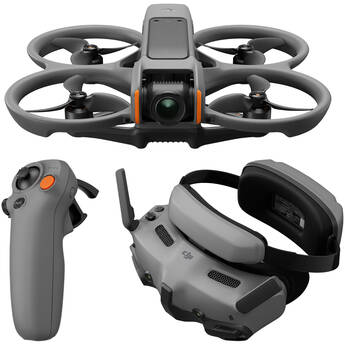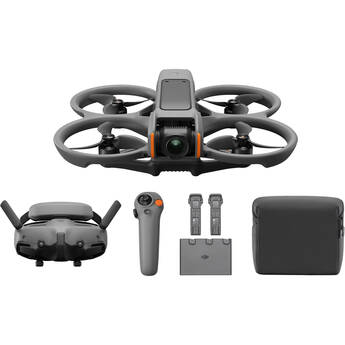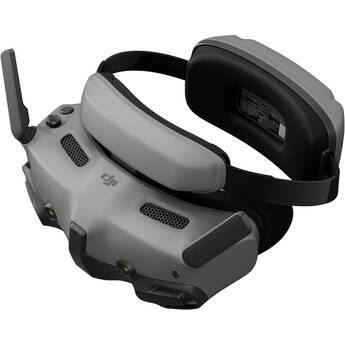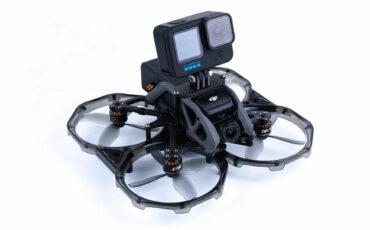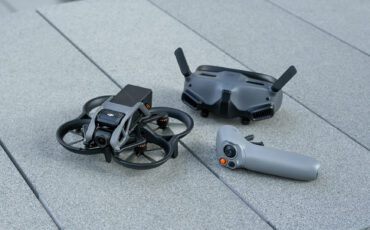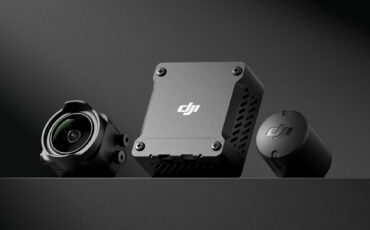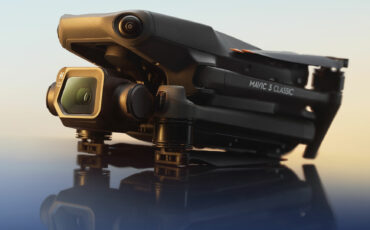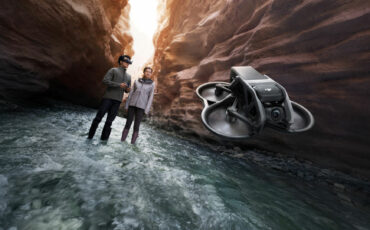DJI Avata 2 Review – Larger Sensor, Easy ACRO Mode, New Goggles 3 with Cameras
Restriction-free music courtesy of Epidemic Sound. Sign up here: Epidemic
DJI Avata 2 FPV cinewhoop drone comes with a lighter body, quieter 3″ propellers with prop guards, better accessible ports, more flight time (up to 23 minutes), and a larger 1/1.3″ 12MP camera capable of recording up to 4K 4:3 60fps video in H.265 D-Log M 10-bit with RockSteady stabilization. Slow motion is available in 2.7K 120fps. The new FPV Goggles 3 feature real view with the two front-facing cameras and an integrated design with micro OLED screens and diopters. The new RC Motion 3 brings Easy ACRO mode that allows you to do flips automatically. The drone combo with goggles and motion controller is available now starting at $999.
The Avata 2 is DJI’s third FPV drone. After the first try with the rather large DJI FPV, the Avata cinewhoop was introduced in August 2022. The newly announced second-generation Avata brings various improvements.
DJI Avata 2 – lighter & quieter
First of all, the new Avata is more than 30g lighter. The take-off weight of the DJI Avata was 410g, while the new Avata 2 weighs 377g/0.83lbs. Despite having the same size 3 inch propellers as the first Avata, the overall size increased slightly (180 x 180 x 80mm – Avata versus 184.5 x 212 x 64mm – Avata 2). The good thing is that DJI somehow made the new Avata quieter. They claim the drone only produces 81 dB.
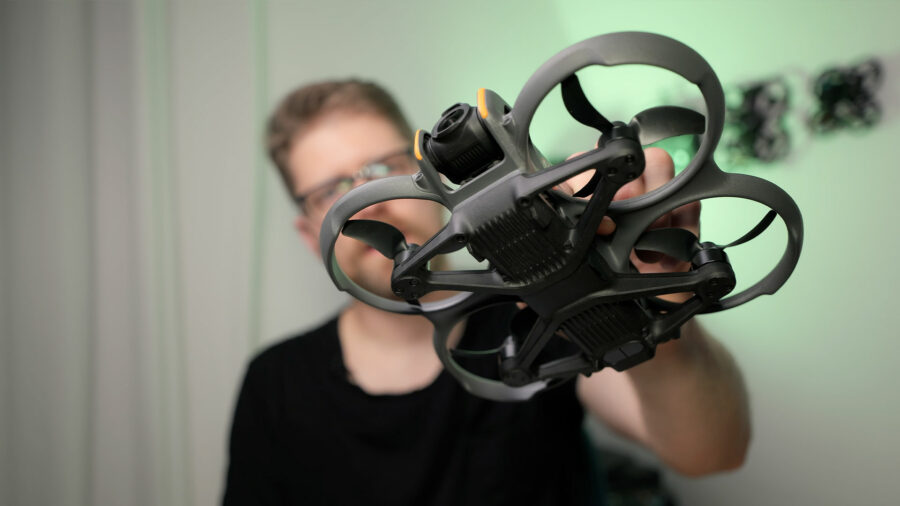
The visual sensors on the drone body are now positioned at a rear bottom edge so they also cover the back of the drone as opposed to the downward-facing sensors of the first Avata. The drone, of course, still features the propeller guards.
Philip Bloom's Cinematic Masterclass
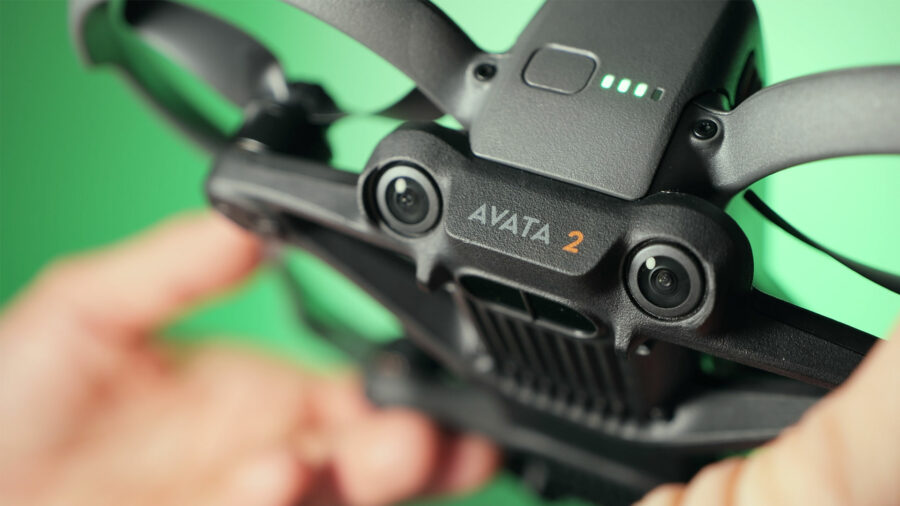
Another difference is motor orientation – the Avata featured a so-called “pusher” orientation with the motors facing down. The new Avata 2 has the motors facing up, which is known as a “puller” configuration.
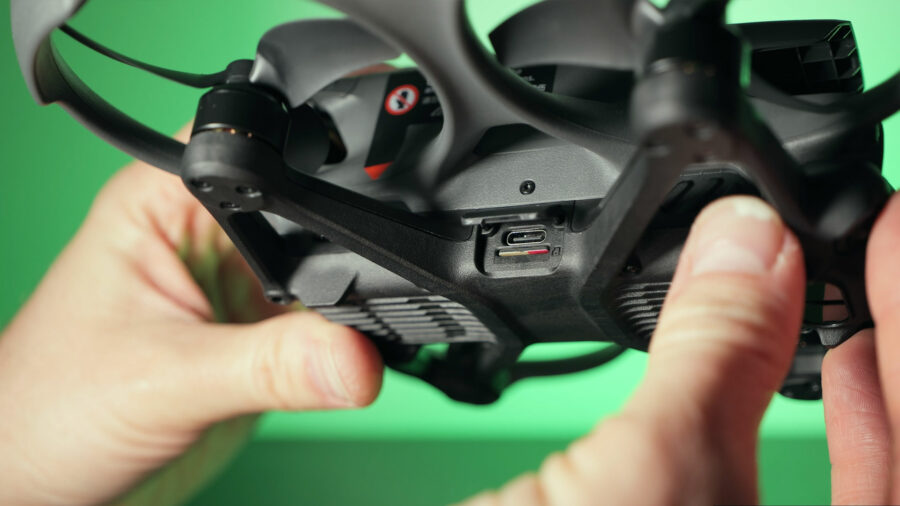
I like how easily accessible the SD card slot and the USB-C port are on the Avata 2. This is, unfortunately, not always the case with FPV cine whoops. The first Avata had these ports hidden on the inside of one of the prop guards right next to a propeller.
Battery and flight time
Compared to the first Avata, the battery design is now more in line with other DJI drones. The new battery inserts into the drone’s body and clicks in place, there is no need to connect any cables. DJI says each battery equals up to 23 minutes of flight time. That is a huge improvement from the previous Avata, which offered up to 18 minutes. It is also hard to compare with other FPV drones, which usually offer somewhere between 4 and 8 minutes of flight time.
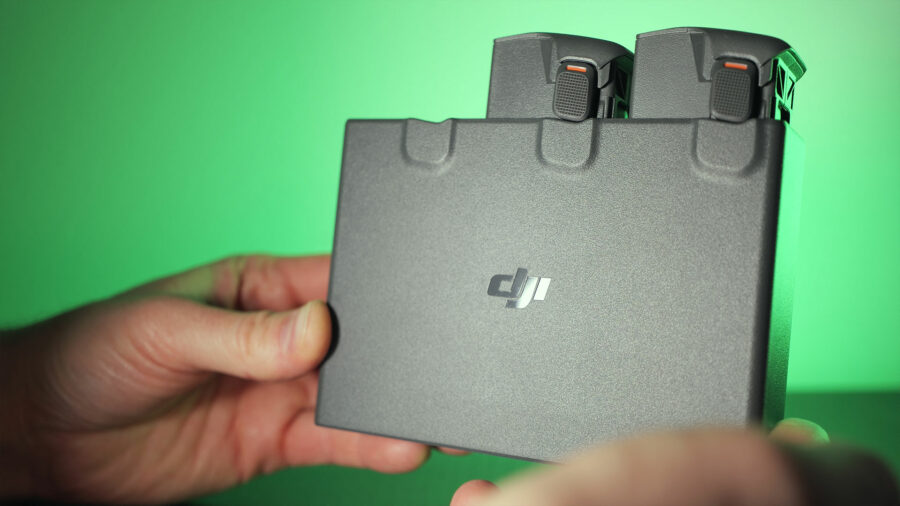
The good thing is that the drone itself also features 30W PD fast charging. With the included USB-C cable, it takes about 1,5 hours to fully charge one battery. The charging hub offers up to 60W charging – this fully charges one battery in about 45 minutes. Additionally, it features DJI’s power accumulation function that can concentrate the remaining power from all three batteries into one.
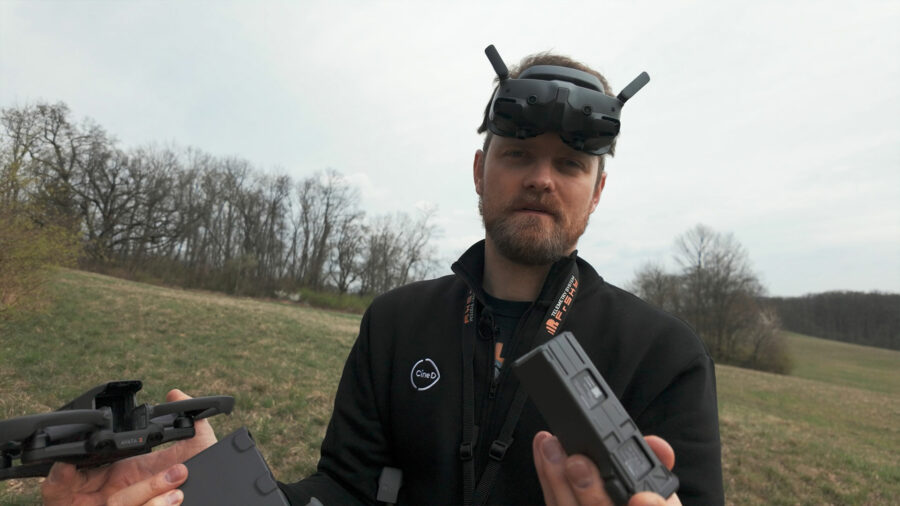
Compared to most other FPV drones, battery management is much easier with DJI. Regular LiPo battery packs, which most other FPV drones use, require constant care. You need to keep an eye on the battery voltage when flying to not drain it too much; you always need to return it to a storage voltage after use; you need to store it properly. DJI has been making these intelligent flight batteries that do all this for you, so it is much easier to just charge them and fly.
Camera
The drone has a new camera unit. It uses a 4:3 12MP 1/1.3” image sensor. It is the same size as the one found in the Osmo Action 4. The lens is an ultra-wide 13.1mm equivalent focal length with a fixed f/2.8 aperture (155° FOV). The focus is fixed with a range from 0.6m to infinity.
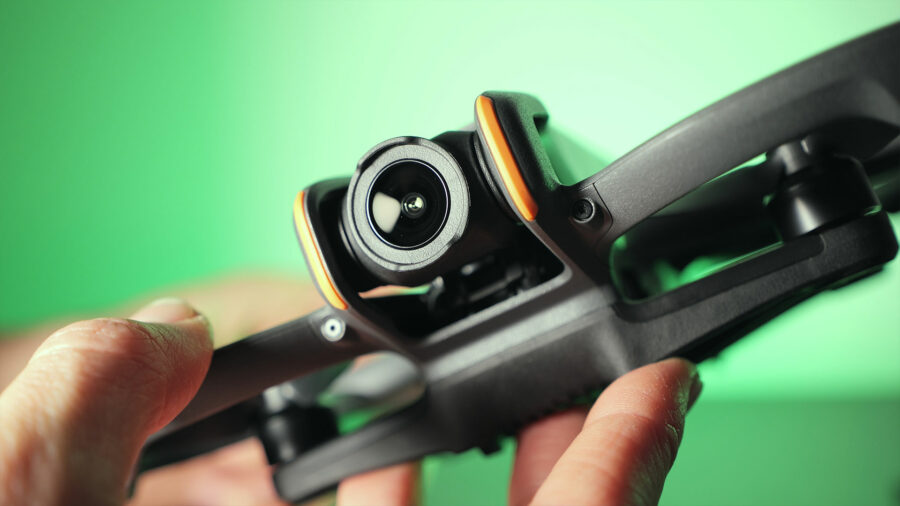
The camera offers a variety of recording modes up to a 4K 4:3 60fps
- 4K (4:3) 3840×2880 @60/50/30fps
- 4K (16:9) 3840×2160 @60/50/30fps
- 2.7K (4:3) 2688×2016 @60/50/30fps
- 2.7K (16:9) 2688×1512 @120/100/60/50/30fps
- 1080p (4:3) 1440×1080 @120/100/60/50/30fps
- 1080p (16:9) 1920×1080 @120/100/60/50/30fps
As you can see, the drone does not offer framerates lower than 30fps. DJI told us they are not including 25 and 24fps modes because it would not look smooth in the Goggles. There are three shooting angles – standard, wide-angle, and ultra-wide angle.
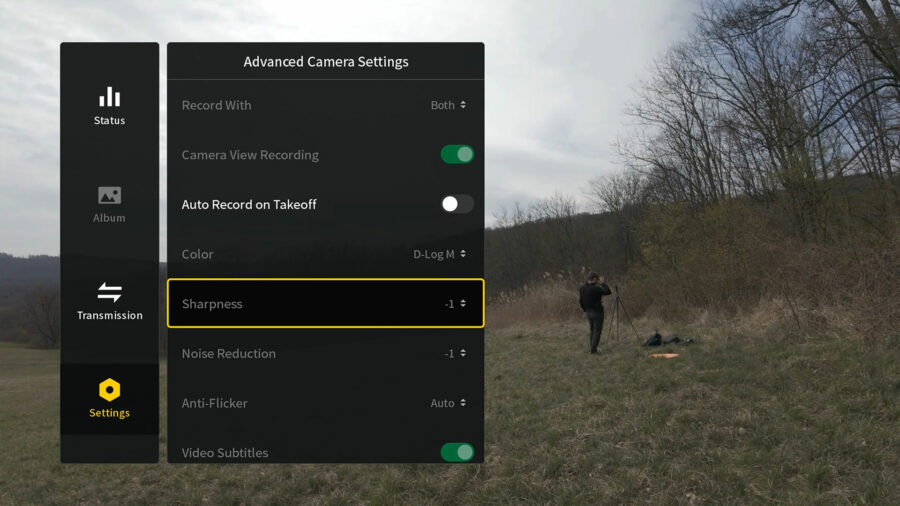
On top of the standard 8-bit normal color mode, the Avata 2 offers an H.265 10-bit D-Log M mode with a maximum bitrate of 130 Mbps. This, of course, offers maximum flexibility in post-production. The good thing is that you can also change sharpness levels (-2,-1,0,1,2) and noise reduction (-2,-1,0,1). I prefer to keep both values as low as possible and apply these in post-production if necessary.
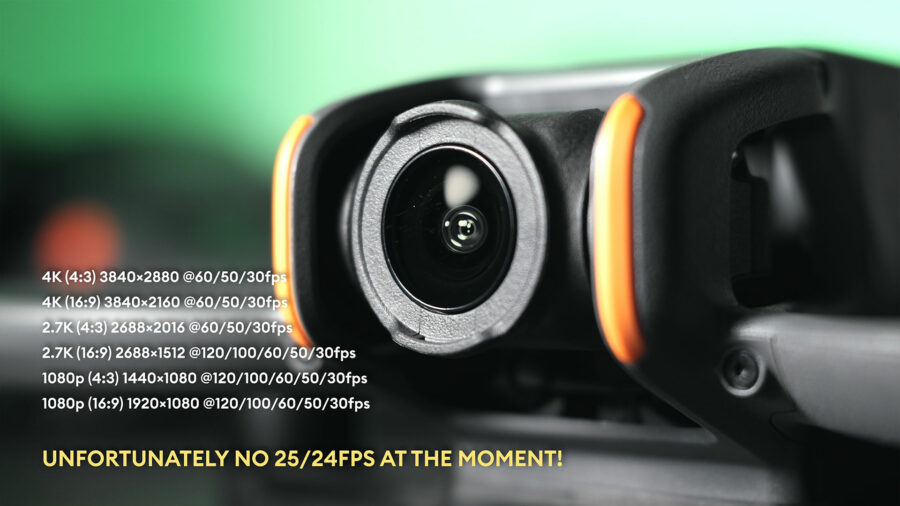
The drone offers two types of electronic stabilization:
- RockSteady – this mode applies a smooth stabilization to the footage and it works in both 4:3 and 16:9 shooting mode and at any shooting angle.
- HorizonSteady – this mode keeps the horizon level in the footage, but it only works at the standard shooting angle and in 16:9 modes. The field of view is therefore a bit limited in this mode.
You can also choose not to apply any kind of stabilization in the drone, and if you shoot in wide-angle mode, the footage will contain gyroscopic data so you can then stabilize the footage with a supported app such as Gyroflow. To save the footage, on top of the microSD card slot, the Avata 2 has a larger internal memory of 46GB.
Gimbal
Just like with the first Avata, the camera is fixed on a 1-axis motorized gimbal that allows for up/down tilting up to about 90° both ways. In both normal and sports modes, the gimbal is active, so the camera keeps a fixed angle relative to the horizon. In manual mode, the gimbal remains fixed relative to the drone body, which makes it possible to perform dives, for instance.
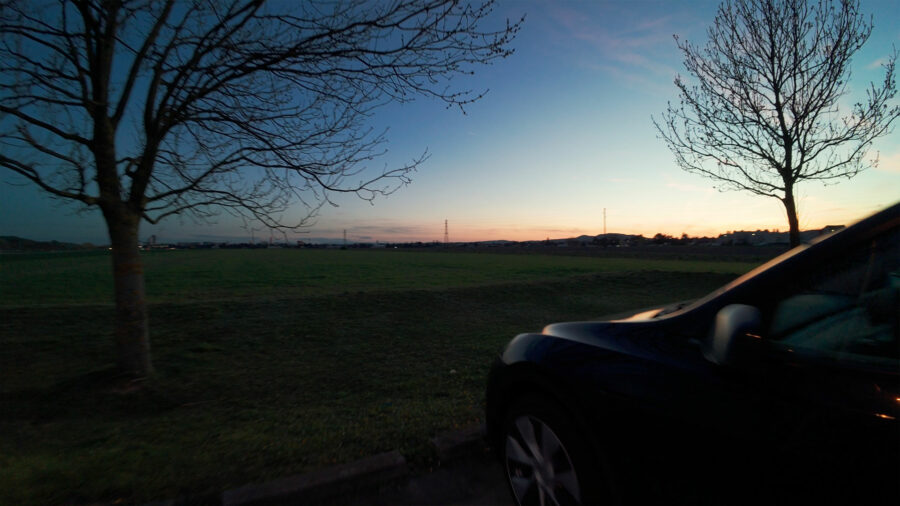
I appreciate that DJI designed the drone frame to protect the gimbal in case of a crash. You have a plastic frame with a rubberized stripe on each side of the gimbal. I think it might save the camera in some situations.
Image transmission
The drone uses the DJI O4 video transmission for low-latency (as low as 24ms) feed up to 1080p 100fps. The dual-frequency bands (2.4GHz and 5.8GHz) with automatic switching help to avoid interference. The O4 supports a video transmission bitrate of up to 60Mbps.
DJI Goggles 3
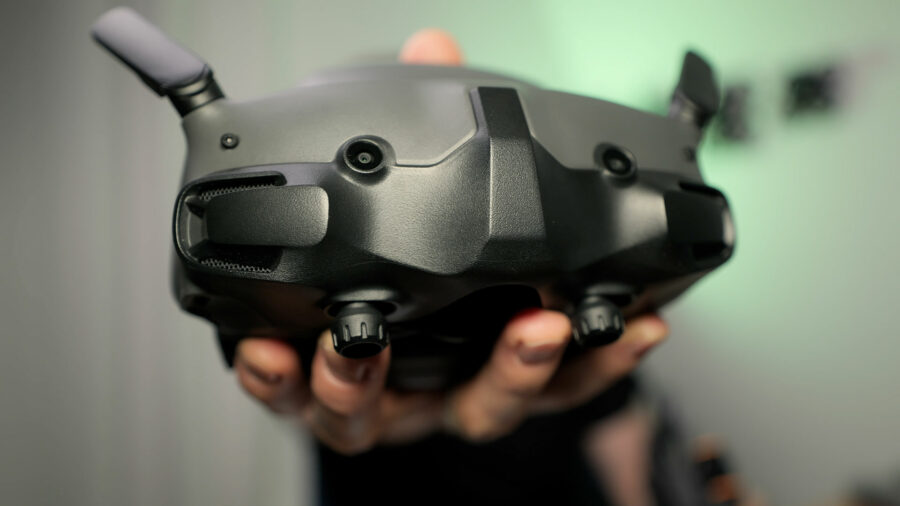
The new Goggles 3 features an integrated battery in the headband – the same as we have seen in the Goggles Integra. This way the overall weight of the Goggles (410g/.09lbs) should be better balanced. DJI claims the integrated battery should last for up to three hours. I usually still had more than 50% of the battery left in the Goggles after emptying all three batteries for the drone.
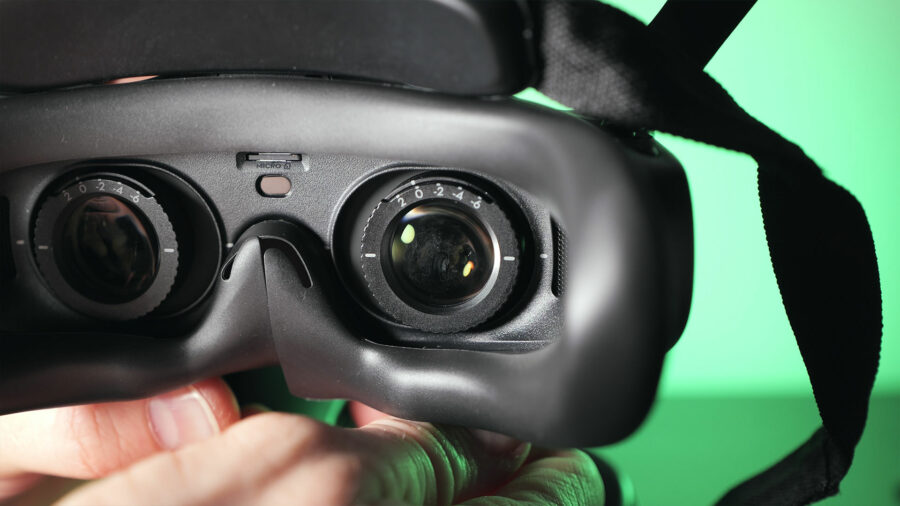
DJI further added a forehead pad, so the Goggles do not sit on the face anymore but more on the forehead. The pad features a hinge so the Goggles can be slightly adjusted to sit well in front of the eyes. There is an SD card slot on the inside, two folding antennas, two buttons, a joystick, and a USB-C port.
Inside the Goggles, there are two 1080p micro-OLED displays with adjustable diopters (from -6.00 to +2.00). There is also a de-fog feature that spins the internal fans at maximum speed.
Real view
Perhaps the most notable new features of the Goggles 3 are the two front-facing cameras. These offer a feature called real view. The real view aims to provide a quick view of the surroundings without the need to remove the Goggles. This way you can, for instance, quickly swap the drone’s battery and take off again while keeping the Goggles on.
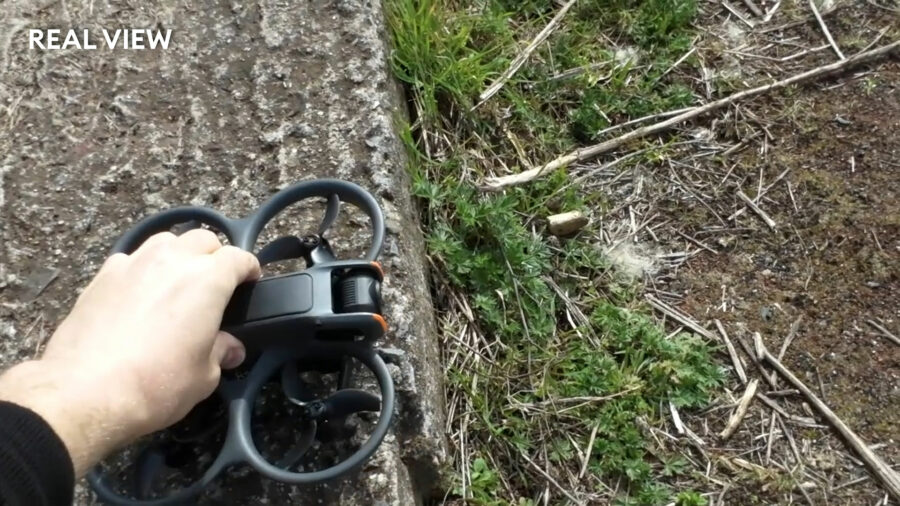
The cameras offer a 2D mode (view from one camera only), and a 3D mode which combines both cameras to provide a sense of distance. There is also a picture-in-picture (PiP) mode that shows both the drone’s feed and the view from the front-facing camera (only works in 2D mode). For my taste, these cameras could have a wider field of view.
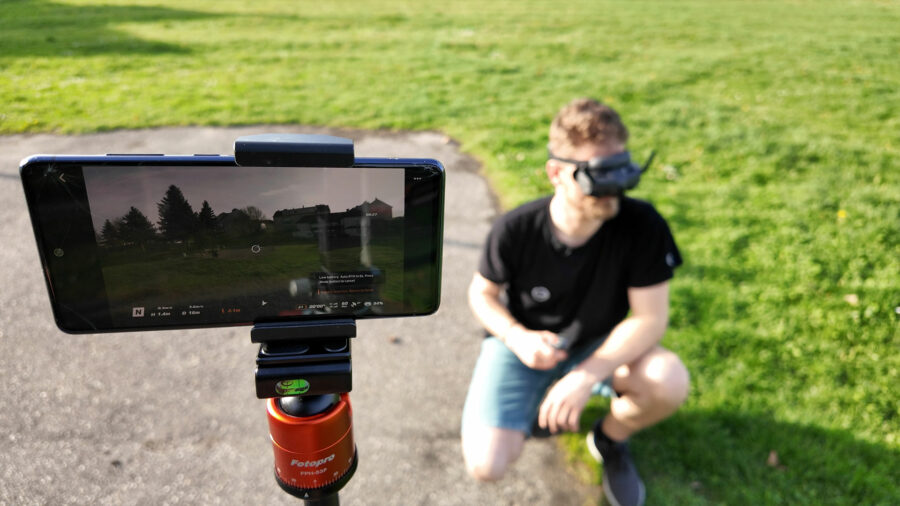
Another cool feature of the Goggles 3 is Live View Sharing – the ability to stream the drone’s feed to a mobile device. This is possible in the DJI Fly app either via a compatible USB-C cable or wirelessly via a wi-fi connection.
DJI RC Motion 3
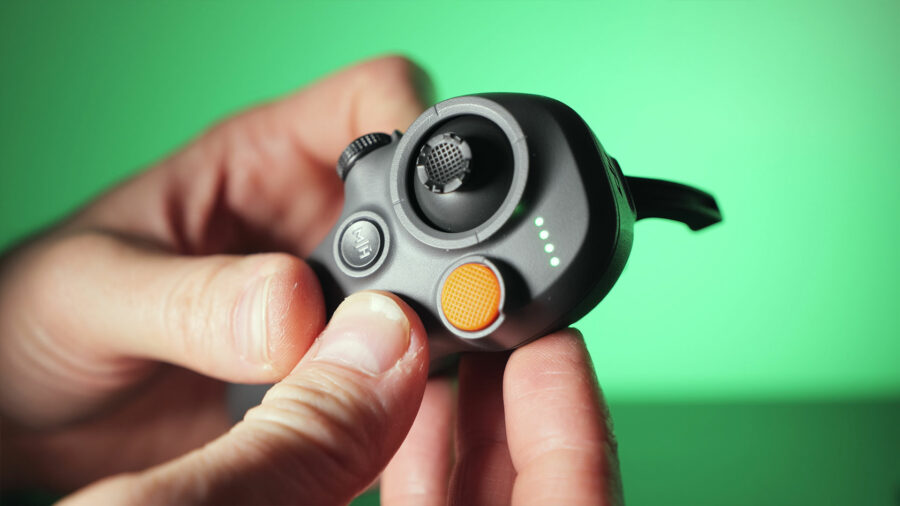
As with every new FPV drone from DJI, with the Avata 2, we get a new motion controller. The new RC Motion 3 controller mainly aims to provide a different flying experience and bring beginners into the world of FPV flying. The new controller is smaller and lighter than previous generations and offers some new features. It can, for instance, be used to navigate through the menus in the Goggles which is faster than using the joystick on the Goggles. Naturally, with the RC Motion 3, you cannot access the manual mode. You can only fly in normal or sports mode.
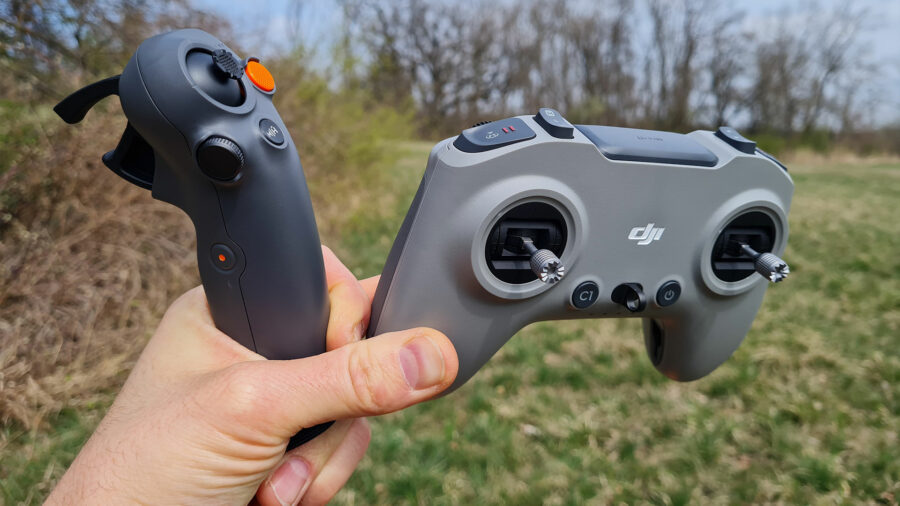
Easy ACRO mode
Another new feature with the Avata 2 and the RC Motion 3 is the Easy ACRO mode. It allows for three moves done automatically by the drone after combining a dial and a button on the motion controller:
- Front/backflip
- Left/right roll
- 180° drift
Although I did not expect to like it much, I enjoyed this mode. The footage of the flips of the drone even looked quite usable after the RockSteady stabilization was applied.
FPV remote controller 3
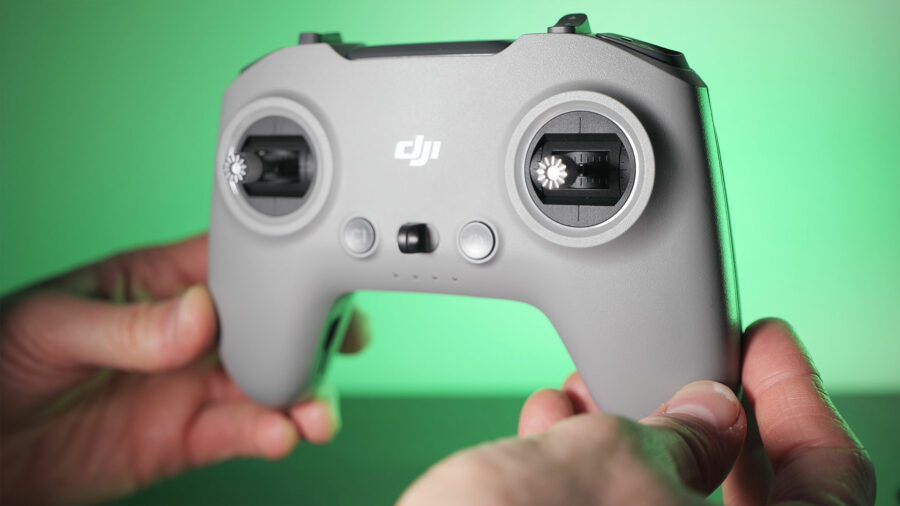
Thankfully, DJI designed a new standard controller for the Avata 2 as well. Having used other FPV drones and having muscle memory, this is how I prefer to fly the drone. The controller now has the antenna integrated into the body so it is quite compact.
Aside from all the other buttons, some of which are customizable, there is a rocker on the controller that changes the flying mode between normal, sport, and manual.
Manual mode
The manual mode is the way to get the most speed, control, and flexibility. For safety reasons, however, the manual mode is not available by default, so simply switching to it will not work. You need to go to the controller menu and enable it there. At the same time, it is necessary to adjust the screws behind the throttle joystick to prevent it from recentering.
If you want to try the manual mode, however, I recommend training in an FPV simulator first. When you activate it, the drone asks you to position both joysticks in a required position before really switching itself into manual mode. That is a nice safety feature. When flying, if you get into trouble, you can always switch back to sport or normal mode and the drone stops and hovers on the spot. The manual mode with the Avata 2 is fun, one thing I noticed is that the drone did not let me go into a full dive. It stops from tilting down quite early. Perhaps there is another setting in the menu that I might have missed.
Pricing and availability
DJI Avata 2 drone is available now and you can choose from two different packages:
- DJI Avata 2 fly more combo (single battery) which costs $999 (from €999 in Europe)
- DJI Avata 2 fly more combo (three batteries) which is priced at $1,199 (from €1,199 in Europe)
All Avata 2 drones come with the RC Motion 3 controller only. If you want the DJI FPV Remote Controller 3, you need to purchase it separately for $199 (from €149 in Europe).
Last but not least, the Avata 2 ND filter set from DJI will set you back $79 (from €69 in Europe).
Conclusion
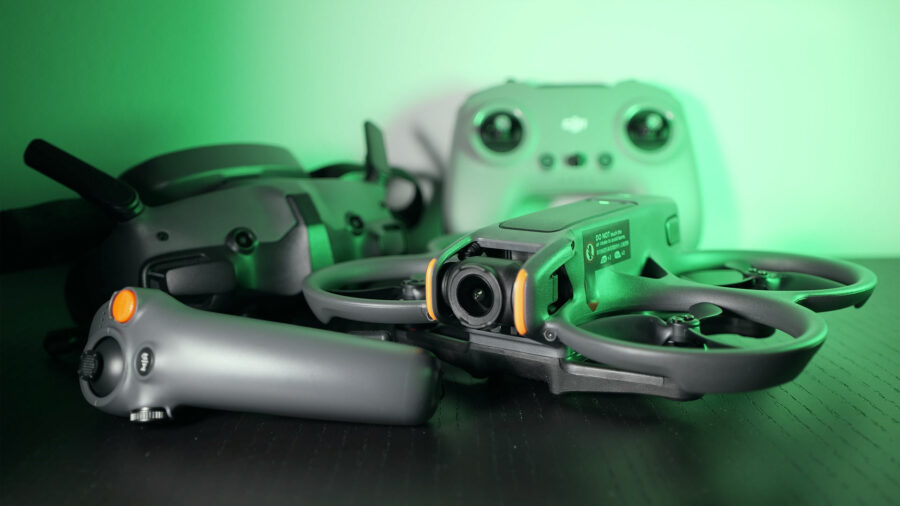
The Avata 2 is a really good drone overall. I like how it offers a suitable flying mode for all skill levels. The camera of the drone got significantly improved as well and I think the image is very much on par (if not better) than the GoPro HERO12. When I return the Avata 2 to DJI, I will definitely have a hard time going back to my other FPV drones which are just much more complicated to fly, deal with the GoPro on the back, care for the batteries, and so on.
Do you use FPV drones for your productions? What do you think about the DJI Avata 2? Is it finally time to stop mounting GoPro cameras on FPV cinewhoops? Let us know your thoughts in the comments section underneath the article.

